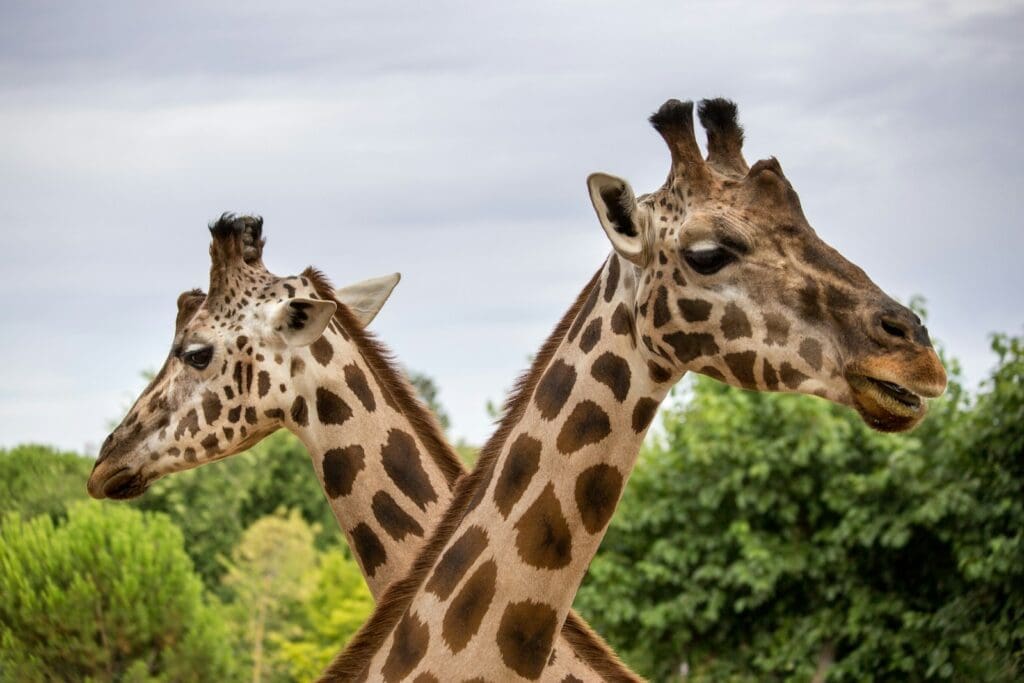
How Wearable Tech Enhances Zoo Care
In the realm of wildlife conservation, the health and well-being of animals are of paramount importance. Wearable technology has emerged as a game-changer for zoos worldwide, offering a cutting-edge solution for monitoring the health of their inhabitants. These innovative devices enable continuous health data collection, providing invaluable insights into the needs and welfare of animals under human care.
Zoos are increasingly turning to wearable sensors and technologies as part of their commitment to animal welfare. These gadgets are adept at tracking a variety of physiological and behavioral parameters, yielding information that was once difficult to gather without intrusive methods. From assessing stress levels to monitoring physical activity and detecting early signs of illness, wearable tech is revolutionizing how zoos care for their residents and contributing to the broader goals of wildlife preservation.
Beyond just health monitoring, these devices also have the potential to enhance the visitor experience. Some zoos plan to integrate virtual reality technology to bring people closer to wildlife while still maintaining a respectful distance. By employing these advanced technologies, zoos not only foster a greater understanding and appreciation of wildlife among the public but also set new standards in animal health management and conservation efforts.
Understanding Animal Welfare in Zoos
Maintaining optimal animal welfare is a crucial aspect of zoo management. This involves continuous monitoring to ensure the health and well-being of zoo animals. Technological integration has become a significant factor in these efforts.
Role of Technology in Monitoring Welfare
Zoos have increasingly leveraged technology for detailed welfare monitoring. Such tools provide continuous, real-time data about an animal’s physical activity and behavioral patterns. For instance, monitoring technologies can alert caregivers to changes that may indicate stress or illness in animals, enabling prompt responses to potential welfare issues. A systematic review emphasizes the upsurge in efforts to enhance welfare monitoring through technological solutions.
Advancements in Non-Invasive Measures
Non-invasive monitoring has revolutionized how caregivers track the well-being of zoo animals. Innovations like video surveillance and wearable sensors allow for the observation of animals without disrupting their natural behaviors. One example is the employment of wearable sensors, which can assess vital signs and movements without direct contact or restraint. Research highlights the shift towards utilizing non-invasive tools to minimize stress and enhance the accuracy of welfare assessments in zoo environments.
Innovations in Wearable Sensors and Tracking
Recent advancements in wearable technology have revolutionized the monitoring of animal health in zoological settings, allowing for the collection of real-time data on both behavior and physiological signs.
From GPS to Accelerometers
Zoos have transitioned from using traditional GPS for simple location tracking to implementing accelerometers in wearables to gather detailed movement data. Accelerometers provide insights into an animal’s specific actions, such as running or grazing, which can be essential for understanding their well-being. This shift towards intricate motion sensing underscores the progress in wearable sensors that continue to shape animal observation and care.
Behavioral and Physiological Monitoring
Wearable technology plays an integral role in monitoring both the behavioral and physiological aspects of animal health. Devices equipped with various sensors can track behavioral patterns, alerting caretakers to changes that may indicate stress or illness. Simultaneously, additional sensor systems provide vital data on physiological indicators like heart rate and temperature, which are crucial for early detection of health issues. This continuous surveillance aids in maintaining animal welfare and can significantly reduce response times to potential health concerns.
Integrating Machine Learning and AI in Zoological Research
Integrating advanced technology such as machine learning (ML) and artificial intelligence (AI) into zoological research has opened new windows into animal health monitoring and behavior analysis. These technologies provide researchers with tools to gather and analyze vast amounts of data with greater accuracy and less intrusion.
Automated Identification and Tracking
Machine learning algorithms offer significant advantages in the automated identification and tracking of animals within zoos. Camera traps and other non-invasive sensors equipped with ML software can monitor animals continuously. This technology enables the identification of individual animals by their physical characteristics or behaviors, which can be critical for studies on population dynamics and individual health. Moreover, automated systems can alert caretakers to any changes in regular patterns that might indicate distress or illness.
Deep Learning for Understanding Complex Behaviors
The application of deep learning, a subset of AI, has dramatically improved our understanding of complex animal behaviors. Deep learning models can analyze video and audio data to recognize and classify an animal’s activities and social interactions. These insights can be pivotal for welfare assessments, as they often reveal subtle behaviors that indicate well-being or stress. In zoos, this form of monitoring is essential in making evidence-based decisions concerning habitat design, enrichment programs, and overall animal welfare.
Enhancing Conservation Efforts Through Technology
Integrating cutting-edge technology significantly bolsters conservation initiatives by providing precise data on wildlife health and behavior. These innovations are pivotal in tailoring species-specific management plans and in fostering global conservation partnerships.
Wearable Tech in Wildlife Conservation
Wearable technology is transforming the landscape of wildlife conservation. Devices such as GPS collars and bio-loggers provide real-time monitoring of animal movements and vital signs, which is essential for understanding species behavior and habitat use. This data proves invaluable when designing targeted conservation strategies. For instance, these species-specific tools are critical in tracking the health of animals in zoos, leading to improved welfare and survival rates.
One tangible benefit of such technology is evident in search and rescue operations for endangered wildlife. Wearable tech facilitates the prompt location and aid of animals in distress, which can be pivotal for the survival of individuals from rare species.
Boosting International Collaboration
The use of wearable tech in zoos doesn’t just benefit the local wildlife; it’s a cornerstone for boosting international collaboration within the zoo community. By sharing the collected data on animal health and behavior patterns, zoos across the globe can work together to improve their conservation efforts. This collaborative approach allows for pooling resources and knowledge, thereby enhancing the overall effectiveness of the conservation measures implemented.
- Information Sharing: Zoos can share insights on health trends and behaviors, contributing to a global database that benefits all.
- Joint Research Projects: Collaborations on research programs allow zoos to combine expertise on specific conservation-related issues.
This unified strategy is instrumental in preserving biodiversity and ensuring that the collective efforts of the international zoo community are geared towards impactful conservation outcomes.



